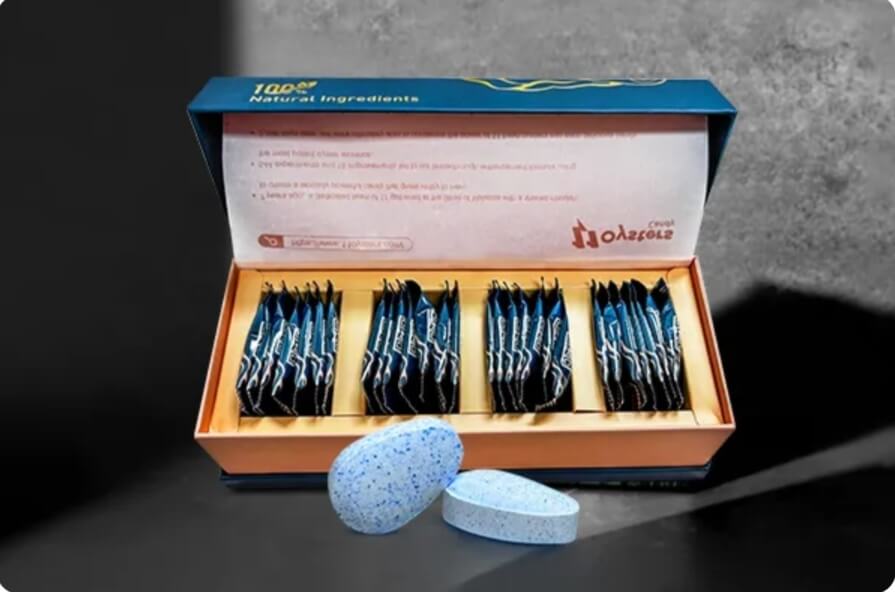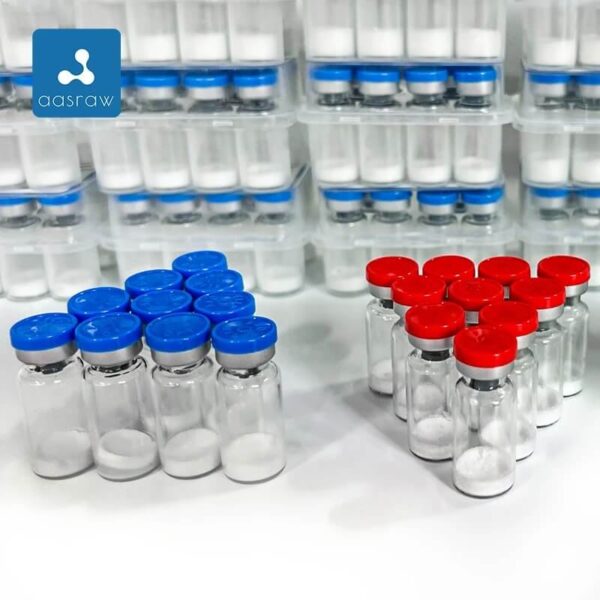Patients dealing with a life threatening illness or injury including stroke are eligible for palliative care focusing on quality of life. Hospice care can be palliative; however, palliative care is not the same as hospice.
Palliative care is designed for illness or injury like stroke care at any stage from the time of diagnosis moving forward. When a life-threatening illness is diagnosed a medical practitioner will advise the patient or their caregivers about what to expect from the side effects.
In a stroke, the provider will discuss how palliative care can benefit the person in addition to their medical treatment plan. Adequate symptom and pain management for stroke is critical as treatment progresses. It helps “maximize functionality, encourage independence, and improve quality of life.”
When receiving the care early on in the diagnosis, quality of care is improved and the likelihood for crisis care down the road is reduced. Read here for details on stroke patients receiving palliative care promptly.
A palliative team typically includes a nurse (advanced practicing), chaplain, social worker, and the physician, all specializing in palliative training. This team collaborates with the general practitioner to align care objectives.
Strokes And Side Effects
A typical stroke is referred to as an “ischaemic” stroke. The blood supply to the brain is cut off due to a blockage caused by a clogged artery. The “hemorrhagic” stroke occurs when an artery in the brain begins to bleed leading to pressure. In either situation, the brain tissues can rapidly be damaged.
The indication is that following an ischaemic stroke the “brain is estimated to age roughly 3.6 years every hour with cognitive function deteriorating at double that rate.” If an individual doesn’t receive immediate attention following a stroke, death can occur or irreversible brain and physical damage.
Survivors can spend as long as years in rehab in an attempt to regain their quality of life with varied success levels.
The primary focus for stroke rehab is to retrain the affected areas of the body and brain affected from the stroke. While the damaged area of the brain can’t be recovered, the healthy areas can be rewired to and trained to make new connections which help the individual recover the functions.
How Can Palliative Care Work for Stroke Recovery
Palliative care offers a holistic approach that brings varied medical specialties together with the goal of bringing the individual an improved quality of life. The care plan is tailored specifically for the stroke patient, meaning the palliative team is not universal but designed to meet that individual’s needs.
The objectives are, however, the same – offering support for the optimum recovery results for those suffering from a stroke. The recovery process can be extended with twists and turns and unpredictable results.
Much of the process will take place in an outpatient setting, making palliative care stroke beneficial since it allows for care in any environment. When discharged, family or loved ones often find themselves ill prepared for the complex care involved with post-stroke needs.
With a palliative care team, the patient can be settled in stress and hassle-free and move forward with rehab, plus the loved ones will receive caregiving training. The team will educate and inform on symptoms, side effects, and possible stroke complications.
When there’s an urgent need, a palliative team reacts quickly with adequate care crucial for stroke patients recovering outpatient, in particular. With these individuals being immobile or with limited mobility, pressure sores are common. These can develop into open wounds that develop infection and fever.
The wound will be tended to with medication prescribed until the wound is healed.
What Is the Primary Focus of Palliative Care
Numerous long-term side effects are experienced by stroke survivors limiting their life quality including limb weakness or paralysis affecting one side of the body preventing independent movement. Some may have difficulty swallowing due to experiencing throat muscle weakness.
Others find their mental functionality or memory impacted and communication a challenge. A stroke is life altering impairing the quality of life for the person.
Family or loved ones feel the effects of the stroke with the sudden life change considering added and unfamiliar caregiving, emotional distress, and perhaps an abrupt loss of income. The uncertainty can be frightening but the caregivers prioritize the recovery process and improving their loved ones life quality.
That’s the focus of palliative care along with relieving the symptoms associated with the life-threatening illness. The palliative team works to address the stroke patient’s spiritual, emotional, and physical care needs in an effort to improve overall wellness.
Learn about palliative care following a stroke at https://strokefoundation.org.au/what-we-do/for-survivors-and-carers/after-stroke-factsheets/palliative-care-after-stroke-fact-sheet.
Those who receive palliative care early in their diagnosis report a better life quality following recovery.
Loved ones benefit tremendously from the guidance, considering the team’s extensive knowledge, having them to consult with when there’s a critical decision, and receiving overall compassion for the patient and family members at a time when that’s warranted.





